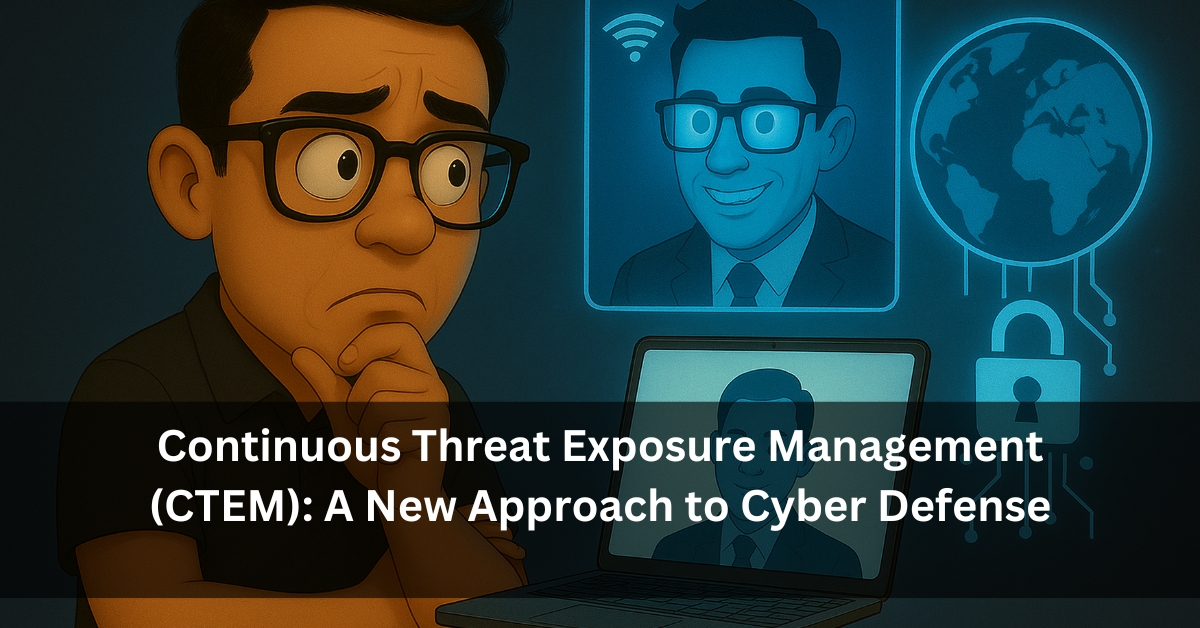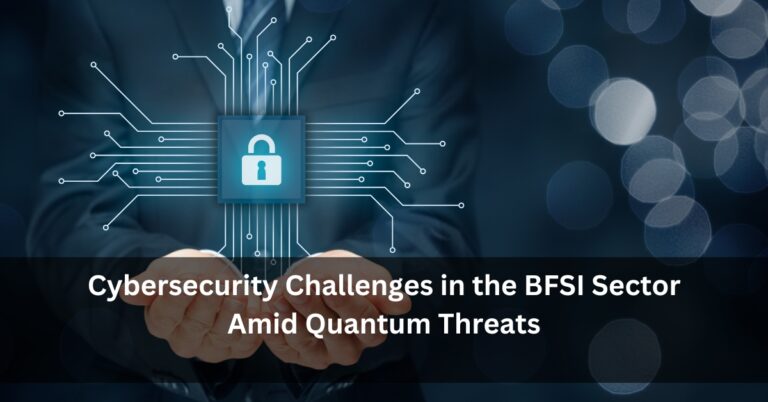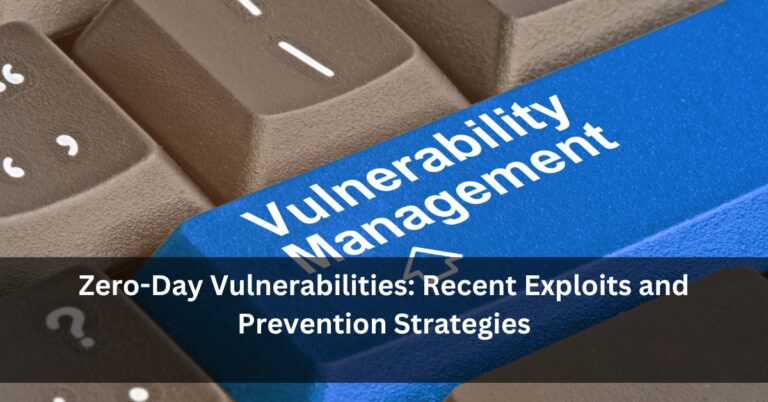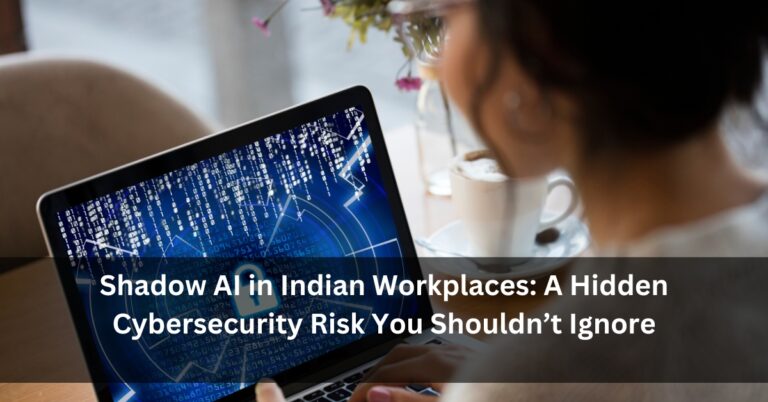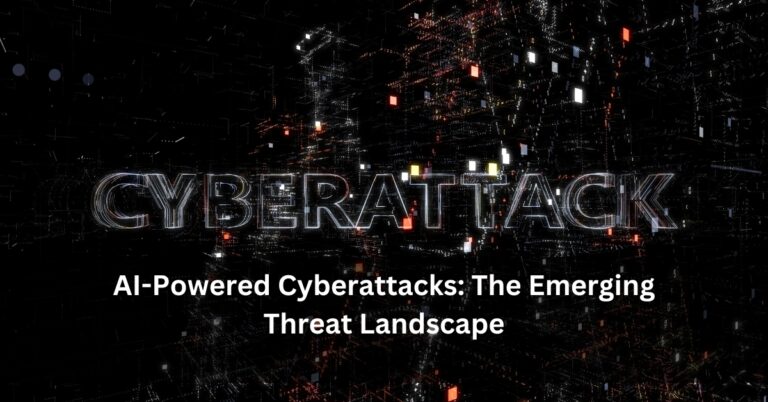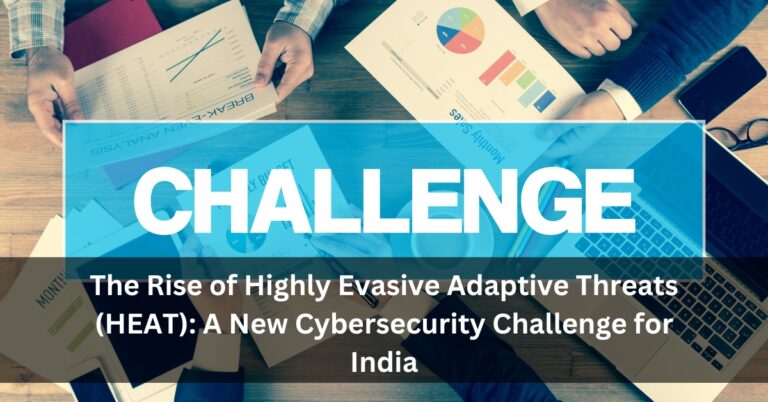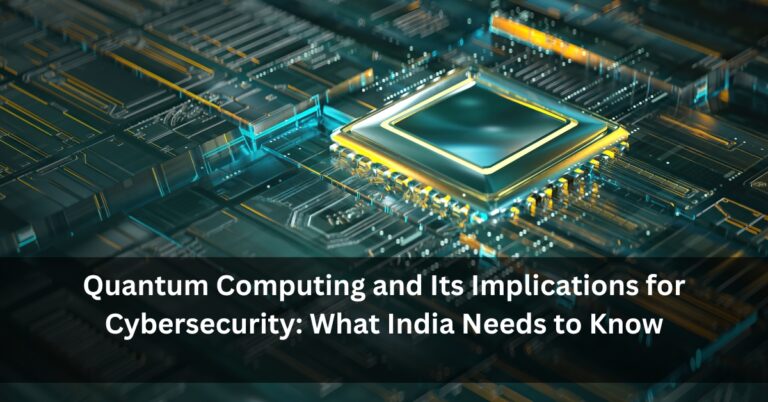Continuous Threat Exposure Management (CTEM): A New Approach to Cyber Defense
In today’s fast-changing digital world, cybersecurity has become a daily concern for businesses of all sizes. From startups to large enterprises, no one is fully safe from cyber threats. Traditional security models that worked in the past are no longer enough. That’s where a new method called Continuous Threat Exposure Management (CTEM) comes in.
CTEM is an evolving approach that focuses on identifying, understanding, and reducing risks before they can be exploited. Unlike older methods that check systems at intervals, CTEM works constantly in the background. It helps businesses strengthen their defense by being more proactive and prepared.
At FutureAI, we believe in keeping you informed with the latest trends in cybersecurity. In this blog, we explain what CTEM is, how it works, and why Indian businesses should consider using it.
What is CTEM?
CTEM stands for Continuous Threat Exposure Management. It is a process that helps companies regularly find and fix weak spots in their IT infrastructure. The goal is to manage and reduce cyber risk in real-time instead of reacting only after something goes wrong.
This method includes regularly checking how attackers might exploit a system, even before an actual attack happens. CTEM gives businesses a better understanding of their security posture so that they can fix issues quickly and avoid disruptions.
Unlike one-time audits or quarterly checks, CTEM offers ongoing visibility into your organisation’s exposure to cyber threats. It combines tools, data, and human insights to provide a full picture of where you stand in terms of cyber safety.
Why Indian Businesses Need CTEM?
India is seeing a rapid rise in digital adoption. With increased online activity, remote work, and cloud-based systems, the chances of cyberattacks have grown. Small and medium enterprises (SMEs), large corporations, and even public sector institutions are facing newer and more complex threats every day.
Cybercriminals often target systems that have weak or outdated security. This is especially true in fast-growing markets where digital practices may evolve faster than the security systems protecting them.
Implementing CTEM can help organisations in India stay ahead of these threats. By continuously monitoring systems and fixing gaps, companies can reduce their risk of data breaches, financial losses, and downtime. FutureAI provides regular updates and expert tips on how to integrate solutions like CTEM into your organisation’s cybersecurity strategy.
How CTEM Works: The Five Key Stages?
CTEM follows a structured approach that is generally divided into five main steps:
- Scoping: This step helps define the areas that need to be protected. It involves identifying important assets, such as servers, applications, data, and endpoints that are most likely to be targeted.
- Discovery: Once the scope is clear, tools and techniques are used to discover vulnerabilities or weaknesses. These could be software bugs, misconfigurations, or outdated systems.
- Prioritisation: Not every risk is equally dangerous. This stage focuses on ranking the identified threats based on their level of impact. It helps businesses fix the most critical issues first.
- Validation: Before taking action, it is important to validate whether the threats are real and how they might affect the business. This step checks if existing security controls are working properly.
- Mobilisation: Finally, the business takes action by fixing the issues, updating security policies, or implementing new technologies. This also includes employee training and strengthening internal processes.
By following this process, companies can improve their security in a way that is continuous and responsive, not reactive.
Getting Started with CTEM
If you are thinking about improving your company’s cybersecurity using CTEM, here are a few steps to get started:
- Assess Your Current State: Take a close look at your existing systems and identify areas where you may be vulnerable.
- Engage the Right Stakeholders: Ensure that your IT team, leadership, and employees understand the importance of cybersecurity and are willing to support necessary changes.
- Invest in the Right Tools: Choose reliable cybersecurity platforms that offer real-time monitoring, automated risk assessments, and clear dashboards.
- Partner with Experts: Work with professionals who can guide you in implementing CTEM efficiently. At FutureAI, we offer insights into how your business can benefit from next-generation cybersecurity models.
- Review Regularly: Make CTEM a regular part of your operations. Cyber threats keep evolving, so it is important to keep reviewing your systems and updating them as needed.
Final Thoughts
Cybersecurity is no longer just about protection; it is about prevention and preparation. CTEM offers Indian businesses a smarter and more reliable way to stay safe in a digital-first world. By focusing on real-time awareness and quick action, CTEM allows companies to reduce their exposure to threats and maintain business continuity.
Whether you run a tech startup, an e-commerce business, or a large enterprise, investing in modern cybersecurity strategies is essential. Adopting CTEM is a step toward future-readiness and long-term digital success.
To stay updated on cybersecurity trends and learn more about implementing CTEM in your business, visit FutureAI. Our platform is designed to help Indian organisations navigate the evolving threat landscape with confidence.
Explore more expert insights, case studies, and cybersecurity news at FutureAI today.

